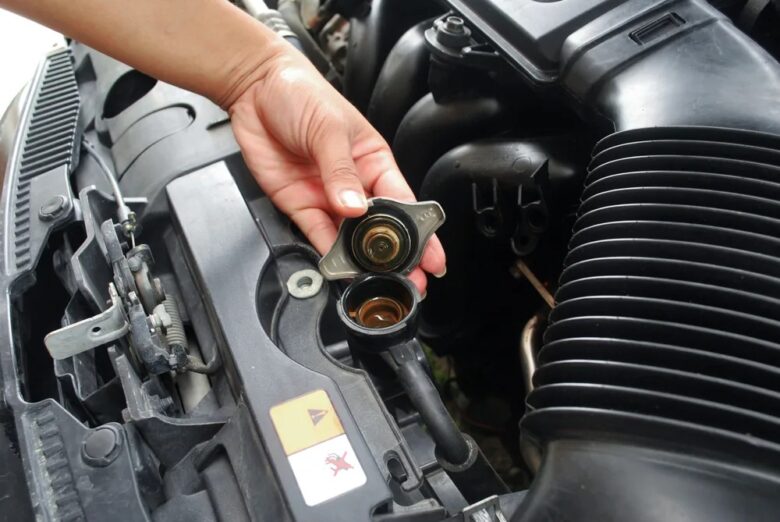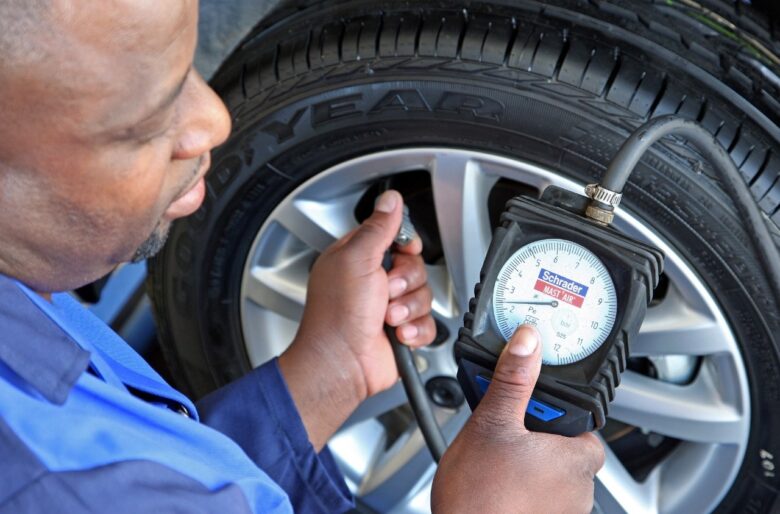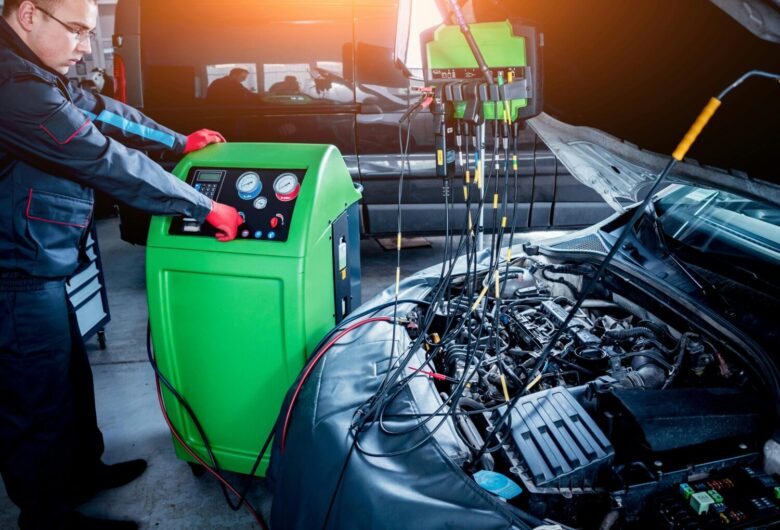Summer is peak season for road trips, vacations, and long-distance driving. Warm weather, open roads, and school breaks make it the perfect time to explore. But hot temperatures also push vehicles harder. Overheating engines, worn tires, and electrical failures can turn an exciting trip into an expensive breakdown. Preparing your vehicle before hitting the road ensures safe travel and minimizes the risk of trouble far from home.
If you are looking for a reliable service where you can find parts for car keys, remotes, or replacements, read more by visiting trusted providers who specialize in vehicle access systems. Securing your keys is just one piece of travel prep. A smooth summer journey requires attention to fluids, cooling systems, tires, brakes, and electronics—all of which face stress during long hours under the sun.
1. Inspect the Cooling System

Source: natrad.com.au
Engines run hotter during summer, especially when idling in traffic or climbing steep roads. The cooling system must perform at full strength to prevent overheating.
- Check coolant levels in the reservoir and radiator (only when the engine is cold)
- Inspect hoses for cracks, swelling, or leaks
- Examine the radiator fan for proper operation
- Flush the system if it has been more than two years or 30,000 miles
Coolant breaks down over time and loses its effectiveness. Make sure your radiator cap seals properly and consider carrying a bottle of coolant during long trips in remote areas.
2. Test the Battery
Summer heat damages batteries faster than winter cold. High temperatures cause battery fluid to evaporate, which weakens internal components.
- Inspect for corrosion around terminals
- Clean connections using a terminal brush or baking soda solution
- Test voltage with a multimeter or ask a professional for a load test
- Check battery age—if it is more than three years old, consider replacing it before your trip
Avoid jump-starts during vacation by making sure your battery holds a full charge and powers all electronics without hesitation.
3. Monitor Tire Health

Source: goodyear.eu
Tires expand in heat and may blow out if they are already weak or underinflated. Long drives at highway speeds increase the risk.
- Check tire pressure when the tires are cool and adjust to manufacturer specs
- Examine tread depth using the penny test or a gauge
- Look for sidewall cracks or bulges
- Do not forget the spare tire—inspect, inflate, and confirm the jack and tools are usable
Replace tires with uneven wear or sidewall damage. Carry a portable air compressor and tire sealant in case of emergency.
4. Replace Old Wiper Blades and Refill Washer Fluid
Summer storms bring heavy rain and reduced visibility. Wipers that leave streaks or miss sections of the windshield put safety at risk.
- Replace blades if they squeak, chatter, or streak
- Top off washer fluid with a bug-removal mix for highway travel
- Clean nozzles to ensure proper spray pattern
Good visibility is essential for safe driving, especially during sudden downpours or dusty conditions.
5. Service the Air Conditioning System

Source: mechanic.com.au
A hot, stuffy cabin causes driver fatigue and discomfort. Before your trip:
- Test A/C cooling performance and air pressure
- Listen for compressor noises or cycling problems
- Check refrigerant level if the air is not cold enough
- Inspect cabin air filters and replace them if clogged or dusty
Professional A/C service ensures the system performs well during heatwaves and high humidity.
6. Check Brakes Before You Roll
Brakes must respond quickly and consistently, especially in heavy traffic or mountain roads. Warning signs of worn brakes include:
- Squealing or grinding noises
- Soft or spongy brake pedal
- Steering pull during braking
- Vibration in the steering wheel
Have pads, rotors, and brake fluid inspected by a technician. Heat from long downhill drives can cause brake fade, so fresh fluid and properly working parts matter more than ever in summer.
7. Inspect All Exterior Lights

Source: convoyautorepair.com
Visibility goes both ways. Other drivers need to see your signals, especially during dusk, dawn, or storms.
- Test headlights, taillights, brake lights, and turn signals
- Replace burnt bulbs immediately
- Clean lens covers to remove haze or oxidation
- Carry spare bulbs and fuses for quick replacement on the road
Lighting issues often go unnoticed by drivers until a traffic stop or close call. Test before you pack the car.
8. Review Fluid Levels and Change Oil
Hot weather stresses engine lubrication systems. Low oil or dirty filters raise engine temperature and increase wear.
- Change the oil before long trips if close to the scheduled interval
- Check all fluids, including transmission, brake, power steering, and windshield washer
- Look under the car for leaks or staining on the ground
- Use the manufacturer’s recommended viscosity for hot climates
Carry extra oil and coolant for long journeys, especially if traveling through remote desert regions or national parks.
9. Prepare for Unexpected Stops

Source: fortbraggtowingandautorepair.com
Even with perfect preparation, road hazards and delays can happen. Equip your vehicle with a basic emergency kit:
- First aid kit
- Jumper cables
- Flashlight with batteries
- Flares or reflective triangles
- Multi-tool or utility knife
- Drinking water and snacks
- Blanket or extra clothing
- Phone charger and power bank
A backup kit helps turn a minor inconvenience into a manageable stop, especially if help is delayed or cellular coverage is weak.
10. Clean the Car Before and During the Trip
Clean windows, mirrors, and headlights improve visibility. Dirt on the windshield amplifies glare from sun and headlights. A clean car interior also boosts comfort.
- Wash the car exterior before leaving
- Vacuum the cabin to reduce dust
- Clean inside windows and dash to avoid reflective glare
- Use a windshield sunshade when parked
Maintaining cleanliness helps you stay focused and keeps passengers more comfortable during long rides.
11. Keep Documents and Essentials Handy

Source: capitalone.com
Make sure all vehicle documents are up-to-date and stored where they can be reached quickly.
- Insurance card
- Registration
- Driver’s license
- Roadside assistance contact info
- Emergency contact sheet
Store these in a folder or glove box pouch. Consider making digital backups in your phone’s secure storage or cloud account.
12. Plan Routes and Stops Ahead of Time
Use navigation apps to plan fuel stops, rest breaks, and overnight stays. Long stretches of highway or rural areas may lack services.
- Download offline maps in case of signal loss
- Pre-program destination stops
- Plan around weather forecasts and peak traffic windows
A prepared route helps reduce stress and makes the trip smoother for everyone in the car.
Conclusion
Summer road trips bring memories, adventure, and new experiences—but only if your vehicle is ready for the challenge. Heat, long distances, and loaded cabins put extra pressure on every system in the car. Proper maintenance, inspection, and planning help prevent the most common breakdowns.
Focus on the essentials: battery, brakes, cooling system, tires, and fluids. Fix minor problems before they turn into trip-ending disasters. Keep your passengers safe and your plans intact with a travel-ready vehicle. Summer travel should be exciting and comfortable—not spent waiting for tow trucks or dealing with failed systems in 90-degree heat.




